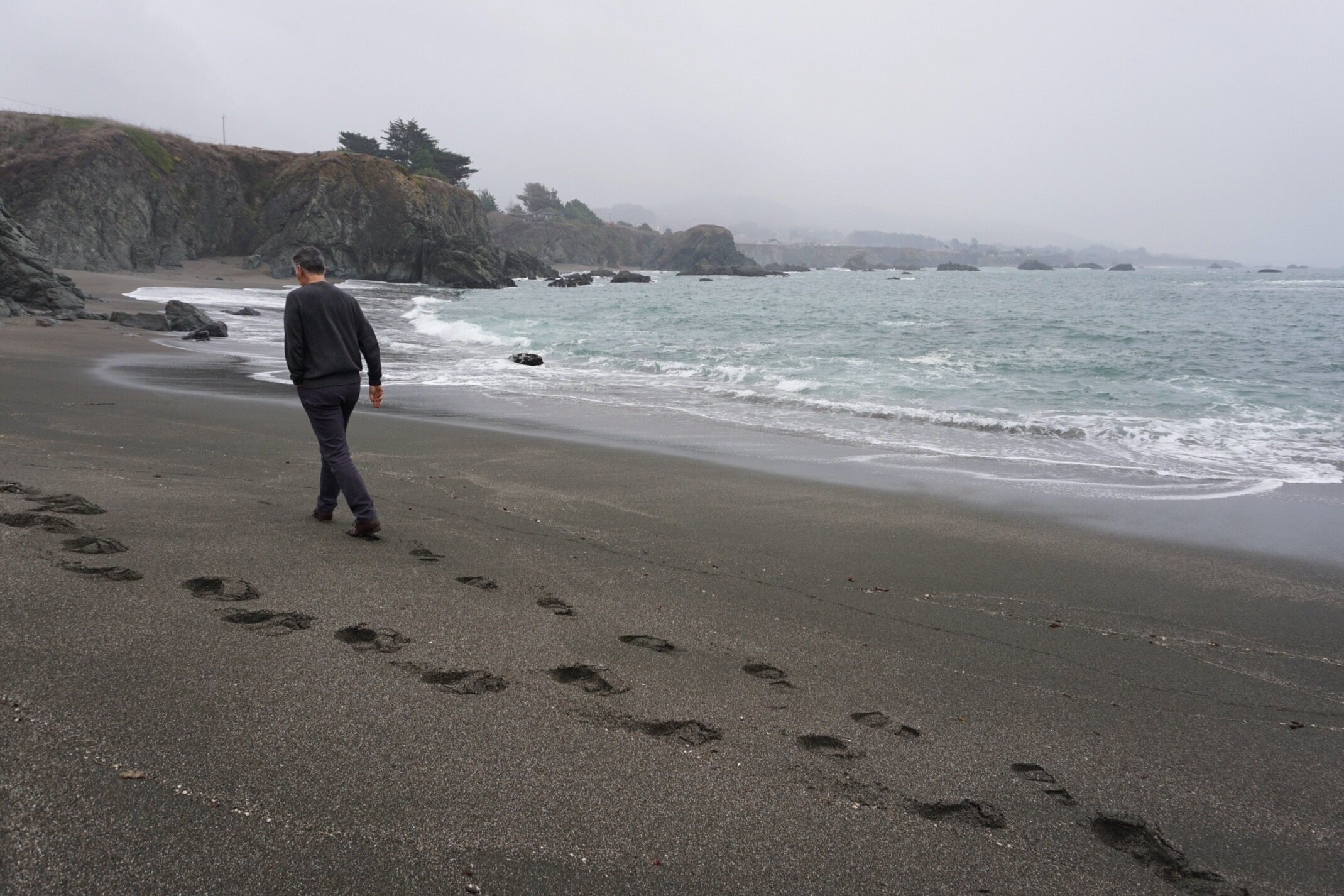
Orchestral
Skyscrapers2023
Duration:ca. 12:30 minutes
Instrumentation: 2 Flutes, Piccolo, 2 Oboes (2: English Horn), 3 Clarinets (3: Bass Clarinet), 2 Bassoons, 4 Horns, 3 Trumpets, 2 Trombones, Bass Trombone, Tuba, Timpani, Percussion (2 Snare Drums, Wind Gong, Bass Drum, Triangle, Tubular Bells, Glockenspiel, Tambourine, 2 sets of Tom-toms, Piatti,Brake Drum, Finger Cymbals), Harp, Strings
Notes: When I started work on what would be Skyscrapers, the music reminded me of the urban landscape. What I heard sounded like a large downtown skyscraper - the kind of building that is a complex world unto itself - filled with businesses of all kinds marching on in a stressful daily dance. These skyscrapers are symbols of immense power and the businesses within them project that power as part of their identity. As I worked through the piece I realized that my imagined “skyscraper" was an allegory for a similar complex world that exists within all of us. The piece alternates between the external view of a strong, powerful structure and the world that exists inside – one that is more complicated. The first section of the piece depicts the skyscraper at rest, before the sun rises and before it is filled with people. Gradually the structure is filled with people at work. They grapple with the issues of the day, make important decisions and struggle with the stressors that accompany all of that. The music grows in intensity towards the statement of the main theme at letter B. This music is the skyscraper at its most powerful – a gleaming symbol of modern life. As the main theme dissipates (at letter C), the music goes inside. The sound is more intense and complex and eventually resolves into a calm, quiet chordal section (letter G). This is a deeper layer of the world we have been exploring – a foundational space. The music gradually moves back out of this world, pulling out to a broader view and eventually returning to the grandeur of the whole.
Variations for Orchestra2016
Duration:ca. 13 minutes
Instrumentation: 3 Flutes (3: Piccolo), 3 Oboes (3: English Horn), 3 Clarinets (3: Bass Clarinet), 3 Bassoons (3:Contrabassoon), 4 Horns, 3 Trumpets, 3 Trombones, Tuba, Timpani, Percussion (Bass Drum, Large Suspended Cymbal, Triangle, Finger Cymbals, Bell Tree, Glockenspiel), Harp, Strings
Notes: For me, the orchestra has always been a thrilling machine. There have been moments in my life when that thrill was particularly memorable, among them: hearing Mahler 1 for the first time at 12 years old, playing the Rite of Spring at 18 with the Curtis Orchestra and working on the recording of Elliot Goldenthal's score to the movie Heat.
In this, my first orchestral piece, I tried to tap those exciting memories.
The theme of this piece started as the verse of an unnamed, unrecorded pop song I wrote. I kept the melody of the song and some of harmony and surrounded that material with a soundscape based on the interval of the seventh. There are so many sevenths in this piece thatI considered naming it "7."
In the end, I decided to call the piece "Variations" because I think that title gives the listener an idea of what to expect. The piece begins with a big statement of the theme and then runs through a series of differing looks at that material. Later, the theme comes back as a horn solo which leads to an ending that uses material that was the chorus of the song.
Variations was premiered on June 17, 2018 at the Mostly Modern Festival in Saratoga Springs, New York. Martim Sousa Tavares conducted the American Modern Orchestra at the Zankel Music Center on the campus of Skidmore College.
That performance is captured in the video below. Video by Ian Blau.
